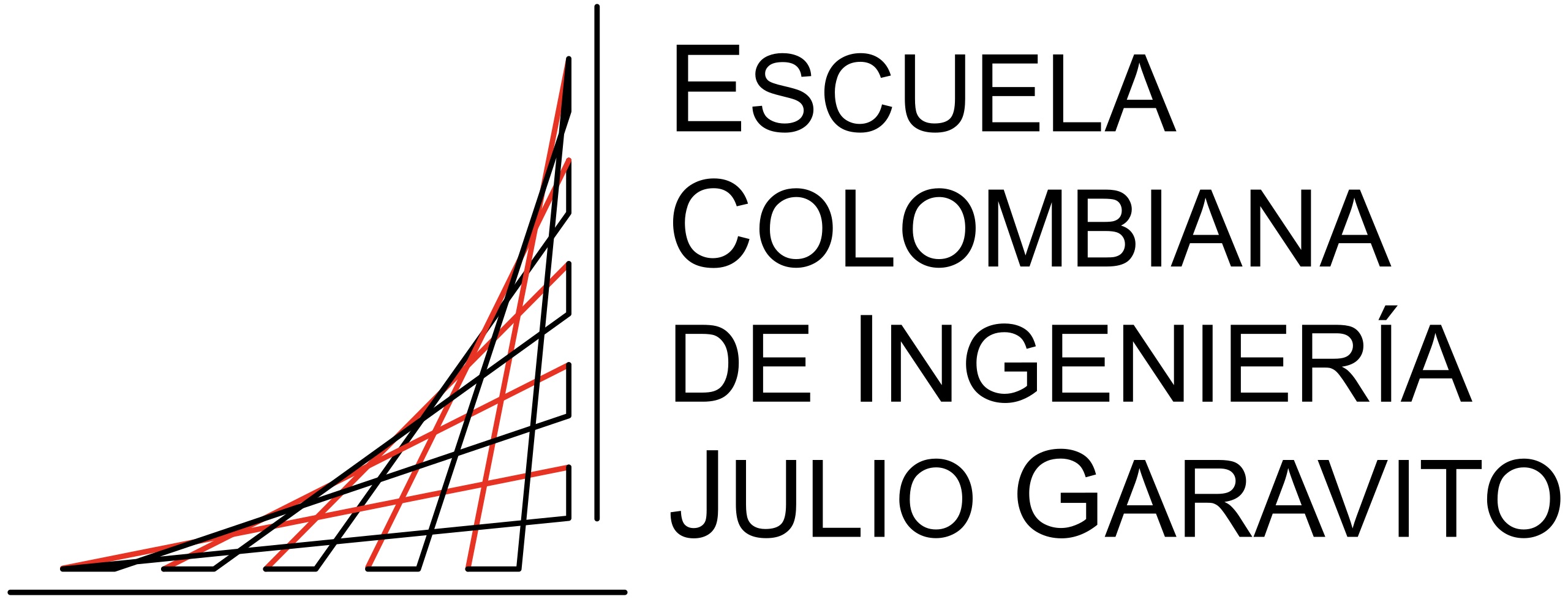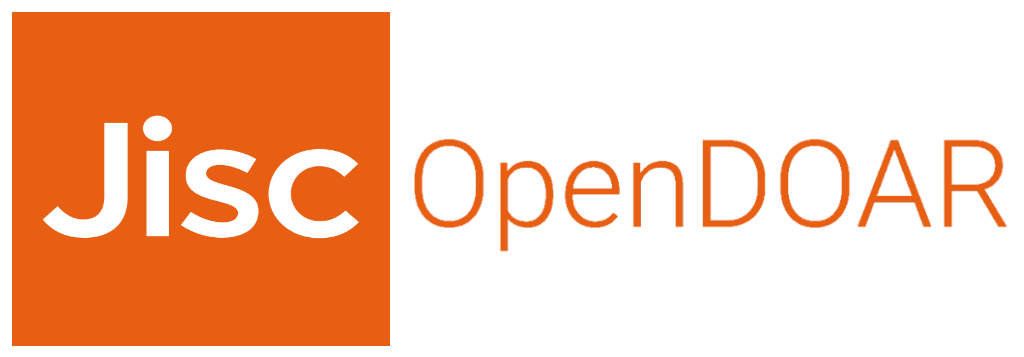Bearing capacity of circular footings resting on unsaturated desiccated soils
Artículo de revista
2019
ICE Publishing
When a clayey soil is exposed to desiccation, water evaporates from the surface. During dry periods, the soil may suffer from shrinking phenomena, the saturation degree decreases and formation of cracks begins. At the same time, an overconsolidated soil appears at the surface of the deposit. Some previous studies devoted to this problem have highlighted the impact of cracks on desiccated profiles. However, these analyses have been carried out without considering the suction effect. The present study examines the specific case of the cracked soils found in the area of Sabana de Bogotá in Colombia. In this research, some soil models are tested using the Institut Français des Sciences et Technologies des Transports, de l'Aménagement et des Réseaux's geotechnical centrifuge. In this paper, the experimental procedure is first described. Then, the experimental results for the bearing capacity are presented. Finally, an analysis of the bearing capacity is carried out by considering the matric suction effect. This analysis compares different theoretical methods used to calculate the bearing capacity of shallow foundations resting on unsaturated soils with the experimental results obtained using the centrifuge. The results of the analysis underline the necessity of considering suction for the computation of the bearing capacity of unsaturated soils. Cuando un suelo arcilloso se expone a la desecación, el agua se evapora de la superficie. Durante los períodos de sequía, el suelo puede sufrir fenómenos de contracción, el grado de saturación disminuye y comienza la formación de grietas. Al mismo tiempo, aparece un suelo sobre consolidado en la superficie del depósito. Algunos estudios anteriores dedicados a este problema han destacado el impacto de las grietas en los perfiles desecados. Sin embargo, estos análisis se han realizado sin considerar el efecto de succión. El presente estudio examina el caso específico de los suelos agrietados encontrados en la zona de la Sabana de Bogotá en Colombia. En esta investigación se ensayan algunos modelos de suelos utilizando la centrífuga geotécnica del Institut Français des Sciences et Technologies des Transports, de l'Aménagement et des Réseaux. En este artículo se describe en primer lugar el procedimiento experimental. A continuación, se presentan los resultados experimentales de la capacidad portante. Por último, se lleva a cabo un análisis de la capacidad portante considerando el efecto de la succión matricial. Este análisis compara diferentes métodos teóricos utilizados para calcular la capacidad portante de cimentaciones poco profundas apoyadas en suelos no saturados con los resultados experimentales obtenidos mediante la centrífuga. Los resultados del análisis subrayan la necesidad de considerar la succión para el cálculo de la capacidad portante de los suelos no saturados.
Descripción:
Bearing capacity of circular footings resting on unsaturated desiccated soils.pdf
Título: Bearing capacity of circular footings resting on unsaturated desiccated soils.pdf
Tamaño: 266.6Kb
 PDF
PDF
Título: Bearing capacity of circular footings resting on unsaturated desiccated soils.pdf
Tamaño: 266.6Kb
 PDF
PDF















